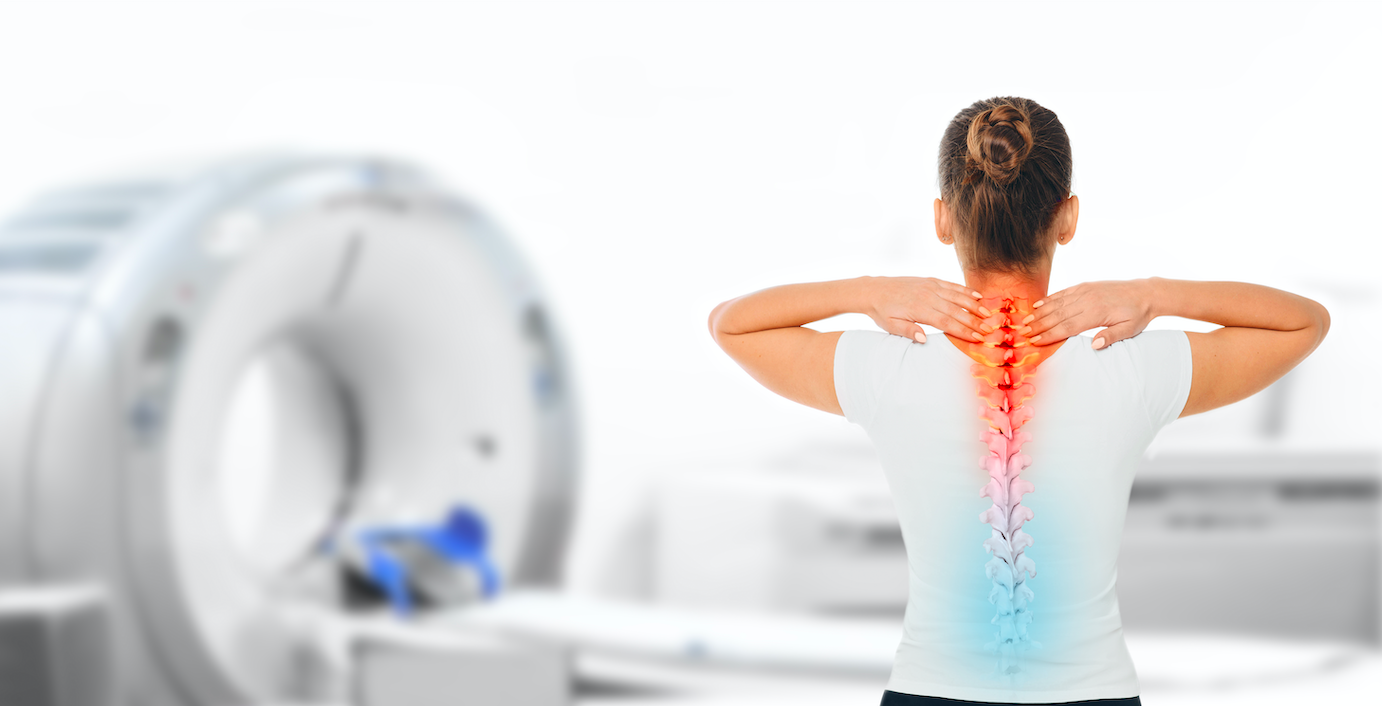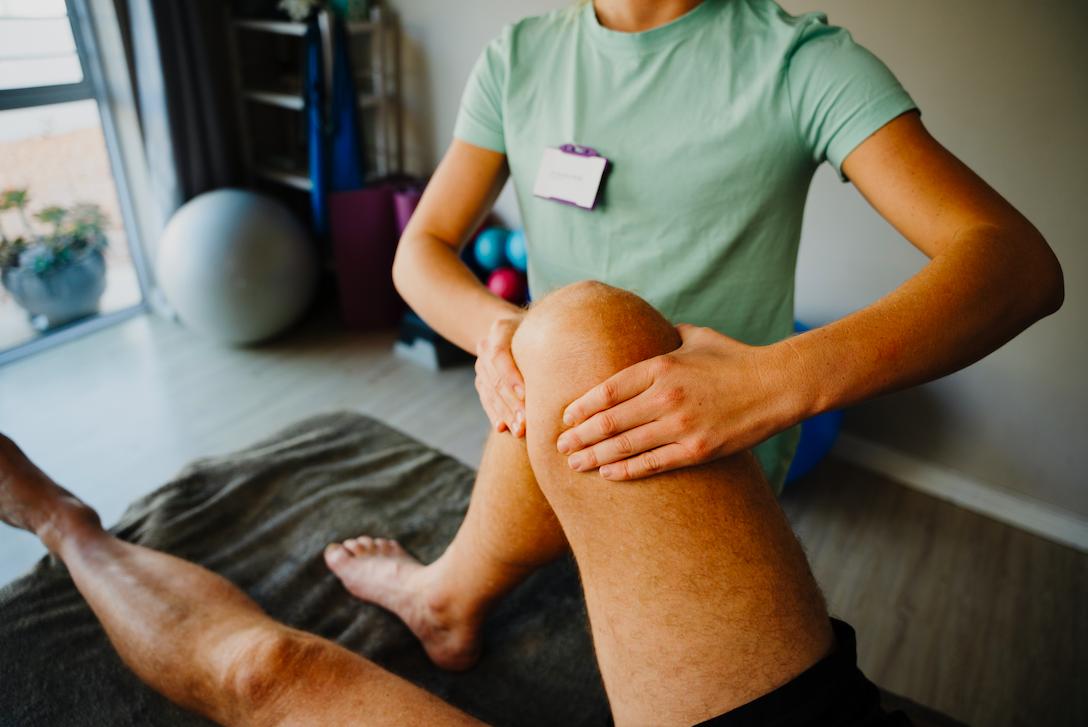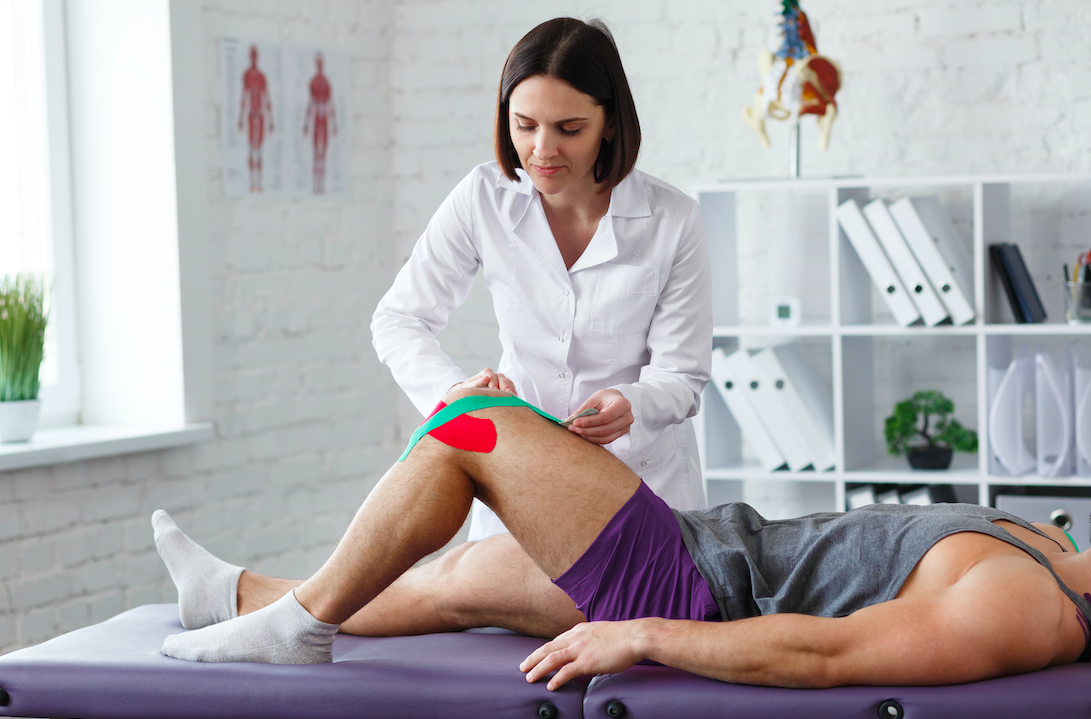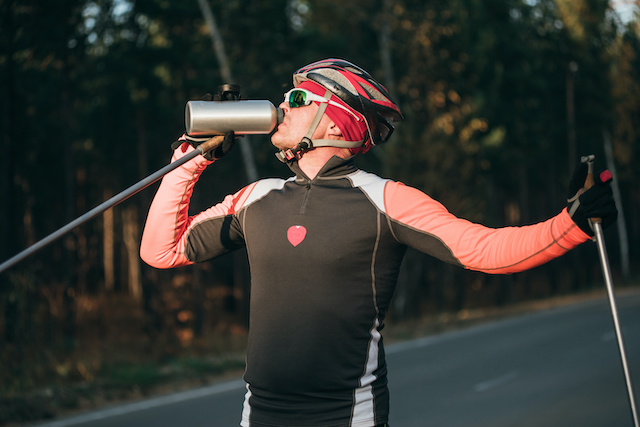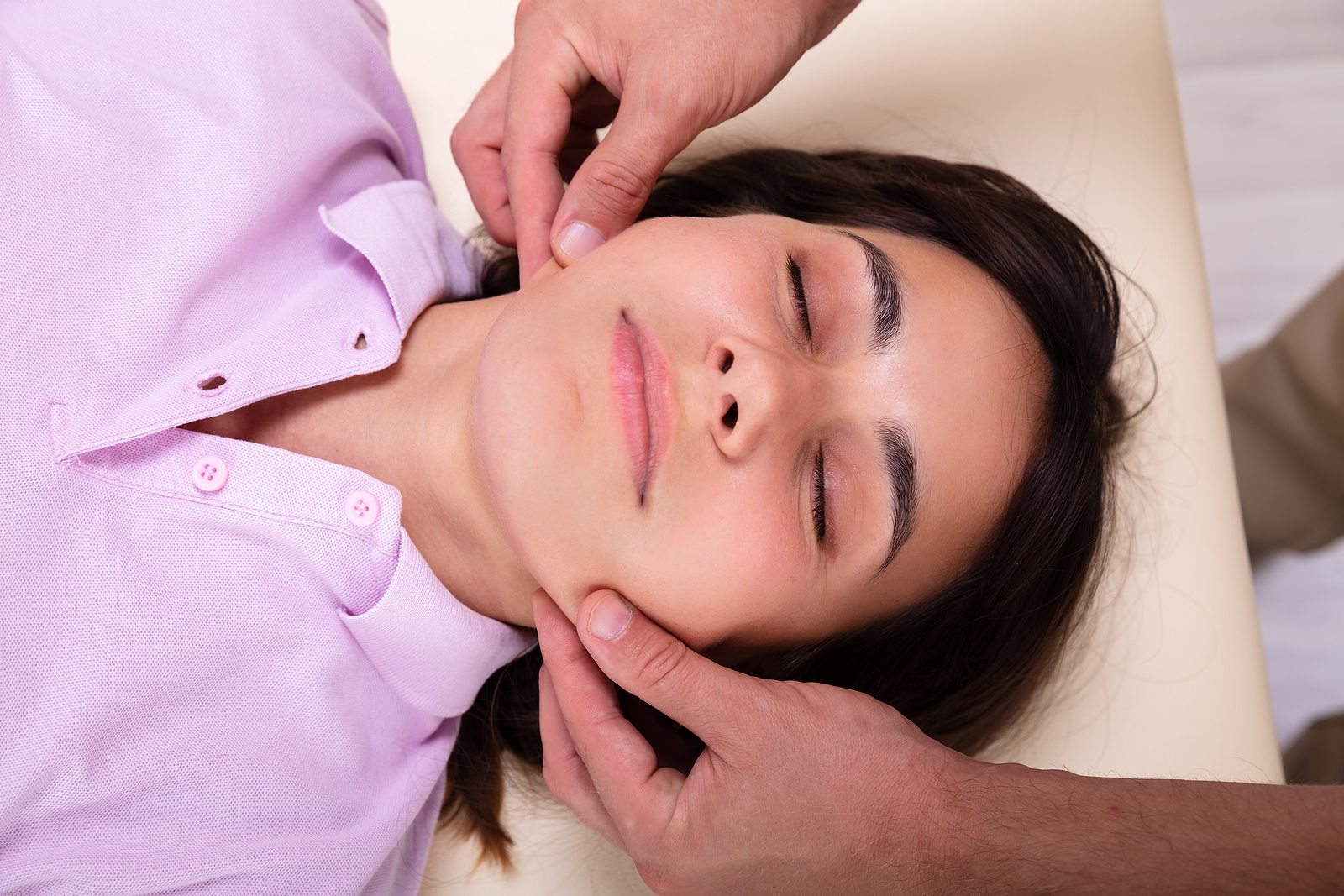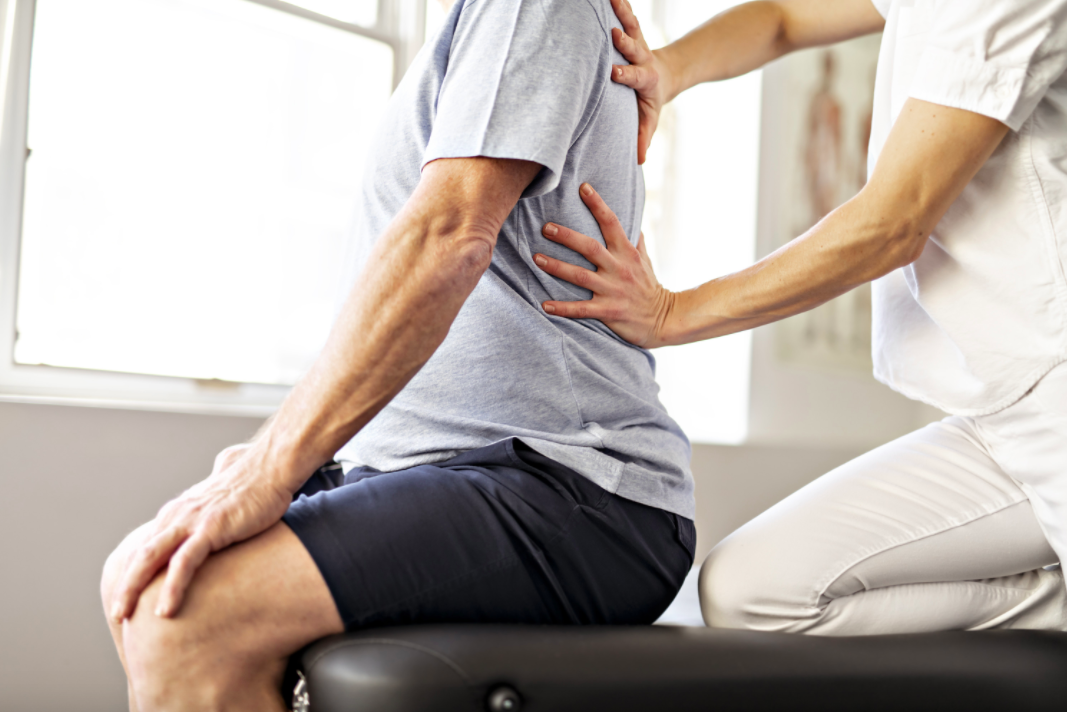
In our last post, we explained that although it’s not completely clear what causes myofascial pain syndrome, several factors have been identified that likely contribute to its development. One risk factor that’s worthy of our attention is the use of poor posture while sitting. And since working from home has become part of the new normal for millions of Americans this past year, using proper posture at your desk is perhaps more important now than ever.
Posture is essentially the position your body is in at rest and during all movements, but we’re going to focus specifically on posture while sitting at a workstation since this is where many individuals spend the majority of their time. Research has shown that simply performing computer-based work for prolonged periods can lead to pain in the upper trapezius, levator scapulae, and rhomboid muscles, with longer durations of sitting associated with greater levels of pain. But sitting with poor posture at a desk that’s not set up properly can further compound this problem, as it forces you to overexert your body, which can cause you to strain your muscles and lead to other issues like myofascial pain syndrome.
The current thinking is that practicing incorrect body posture can cause the stabilizing muscles of the upper back and shoulders into a state of constant contraction. When these types of postures are held for much of the day, several days a week, it can lead to the development of trigger points and myofascial pain. This has been supported by several recent studies, which have identified a connection between workstation postures involving a mouse and keyboard and myofascial pain.
Prevent myofascial pain by optimizing your workstation ergonomics and correcting your posture
This underlines the importance of practicing good posture to reduce your risk for painful conditions like myofascial pain. Improving posture starts with optimizing the ergonomics of your workstation. Ergonomics is the science of fitting the job to the person through strategies that allow you to perform your job efficiently and with the least amount of strain possible. And according to Ryan Fogel, a Certified Ergonomic Evaluation Specialist, using good ergonomics and proper posture not only prevents painful conditions form occurring, but can also increase productivity by reducing mental and physical fatigue.
“The key to workstation ergonomics is keeping a neutral posture while avoiding reaching and repetitive motions,” Fogel says. “One of the more common issues I see when performing ergonomic assessments is the position of the keyboard in a workstation setup. Many people don’t position it correctly, which can cause a forward leaning trunk and improper positioning of the arms. Improper monitor placement is another big one that can be easily corrected.”
Reaching too much can throw off your posture, so you should try to have everything at your desk within arms’ reach, or the “easy reach zone” as Fogel calls it. “If you were to draw a 12×12 inch box about 6 inches form your body, that would be your ideal zone that everything should be placed in to avoid overreaching. Anything beyond your arms’ length can lead to excessive or repeated twisting of the body which can cause the neck and back muscles to overwork.”
According to Fogel, it’s possible to achieve a “neutral posture” by making some basic modifications to your desk setup. Starting from the ground up, here’s how you can improve your workstation ergonomics:
- Feet: keep them secure and flat on a surface, either the ground or a footrest
- Knees: should be equal to or slightly below the chair’s height
- Back: push your hips back as far as they can go, so your back is completely supported by the chair; this allows the chair to support your spine and makes it easier for you to sustain your posture
- Elbows and wrist: keep your elbows by your side and aligned with the keyboard to avoid overreaching, and keep your wrists straight in a neutral position, at about the same height as your elbows and supported by the armrest or desk
- Keyboard: ensure that it’s centered with your body to minimize rotation of the back; if you’re using a traditional keyboard with a 10-key keypad at the bottom right, disregard the keypad and instead center yourself using only the letter portion of the keyboard
- Monitor: if using a single monitor, center it with your body; if using dual monitors, push them together and align the center of the monitors with the center of your body; monitors should be about 18-30 inches from your body, and your eyes should be about two inches from the top of the screen
- Shoulders: keep them relaxed and in a neutral position
- Other: there is a wide array of other devices that can be used to improve the ergonomics of your workstation, such as document trays to reduce head and neck movements, electric staplers, electric hole punchers, ergonomically designed keyboards, and ergonomically designed mice, which may be semi-vertical or completely vertical
To picture a neutral posture, think about how you would sit at a dining room chair with your hands on your lap, Fogel says. This is what you want to aim for.
Focusing on your workstation ergonomics and practicing good posture is a smart move that can lead to a host of benefits, including a lower risk for myofascial pain syndrome. Unfortunately, these changes are no guarantee, and myofascial pain may still develop nonetheless. Our next post explores how targeted exercises can alleviate pain in these cases.

